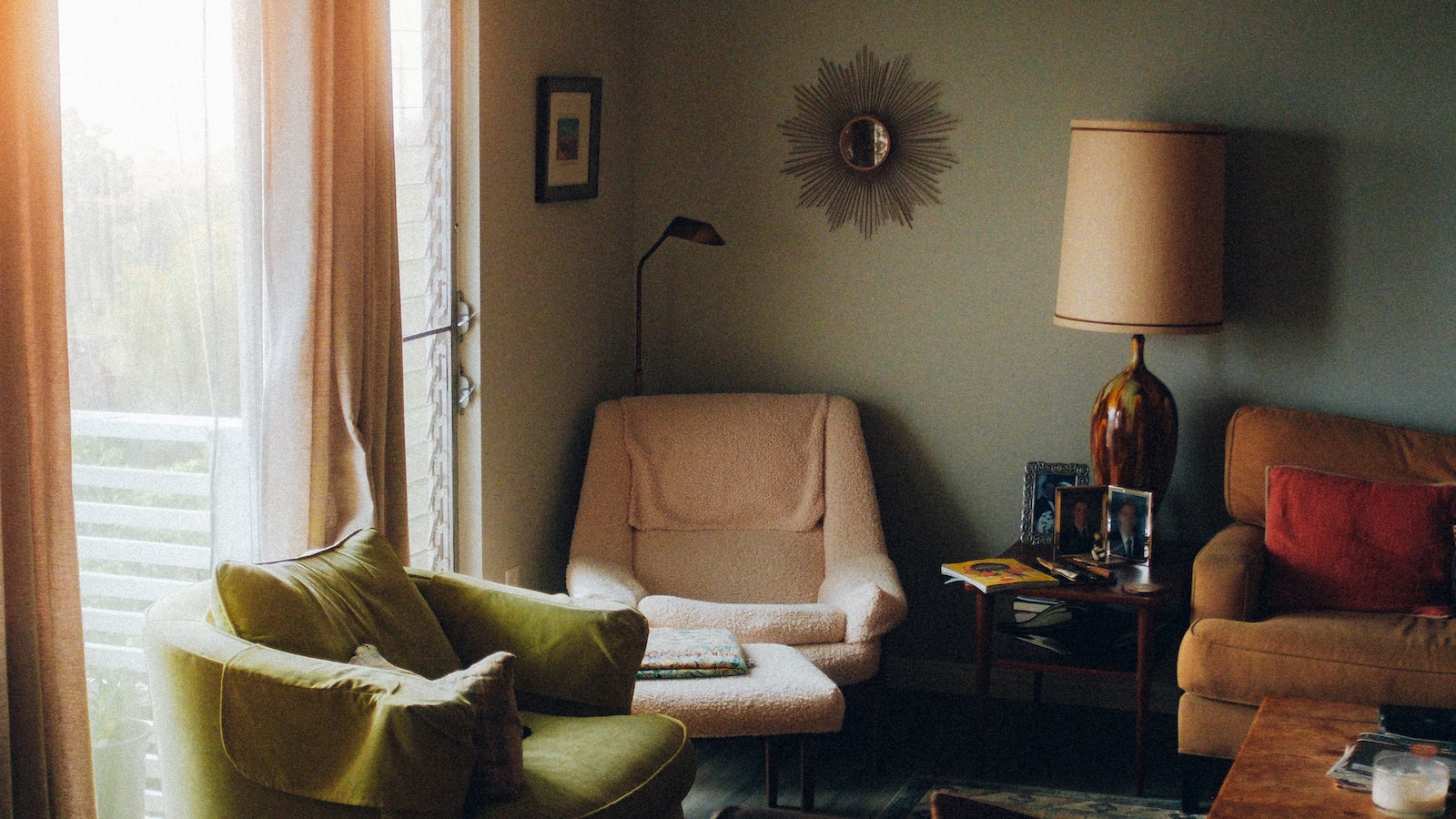Growing Peppers Indoors – Guidelines & Tips
Growing peppers indoors is possible, but there are several important guidelines and tips to keep in mind. Peppers require a specific growing environment, so it is essential to understand their needs and notes in order to grow them successfully. Here is a guide with all you need to know about growing peppers indoors.
Light and Temperature Requirements
Peppers require plenty of sunlight for photosynthesis. In best-case scenarios, they should receive 8-10 hours of sunlight each day. If you don’t have adequate sunlight, it could be beneficial to invest in supplemental artificial lighting. For temperature requirements, standard bell peppers grow best in temperatures of about 70-85 degrees Fahrenheit. Hot peppers will typically need slightly warmer temperatures ranging from 75-95 degrees Fahrenheit.
Soil Type and Fertilizer
The soil type required for indoor pepper plants largely depends on the variety of pepper you are growing. However, most bell peppers prefer a light, loamy soil that is well-draining. If your soil is not loamy, consider creating your own organic mix consisting of compost, peat moss, and vermiculite. Peppers typically require fertilizer to reach optimal growth, and they respond best to the slow-release type like urea or high nitrogen fertilizer.
Watering and Pruning
Like most indoor plants, peppers require consistent watering. Aim for about one inch of water per week. If your pepper plants show signs of wilting, it means they are not getting enough water. Peppers can also benefit from pruning. When your plant has four or five leaves, you should pinch off the growing tip of the pepper plant to encourage bushier growth.
Pests and Diseases
In addition to the above requirements, you should be aware of potential pests and diseases that could affect pepper plants grown indoors. Common pests include aphids, mites, thrips, and whiteflies. Common diseases for these plants include pepper blight and root rot. If you notice your pepper plants are wilting, yellowing, or any other signs of distress, be sure to care for the plants as soon as possible and contact a local nursery or gardening professional for additional advice.
Conclusion
Growing peppers indoors can be a rewarding and enjoyable experience. Just remember to provide your peppers with adequate light, temperature, soil type, water, and pruning, and be sure to watch out for pests and diseases. With these guidelines in mind, you can successfully grow peppers in your own home!



